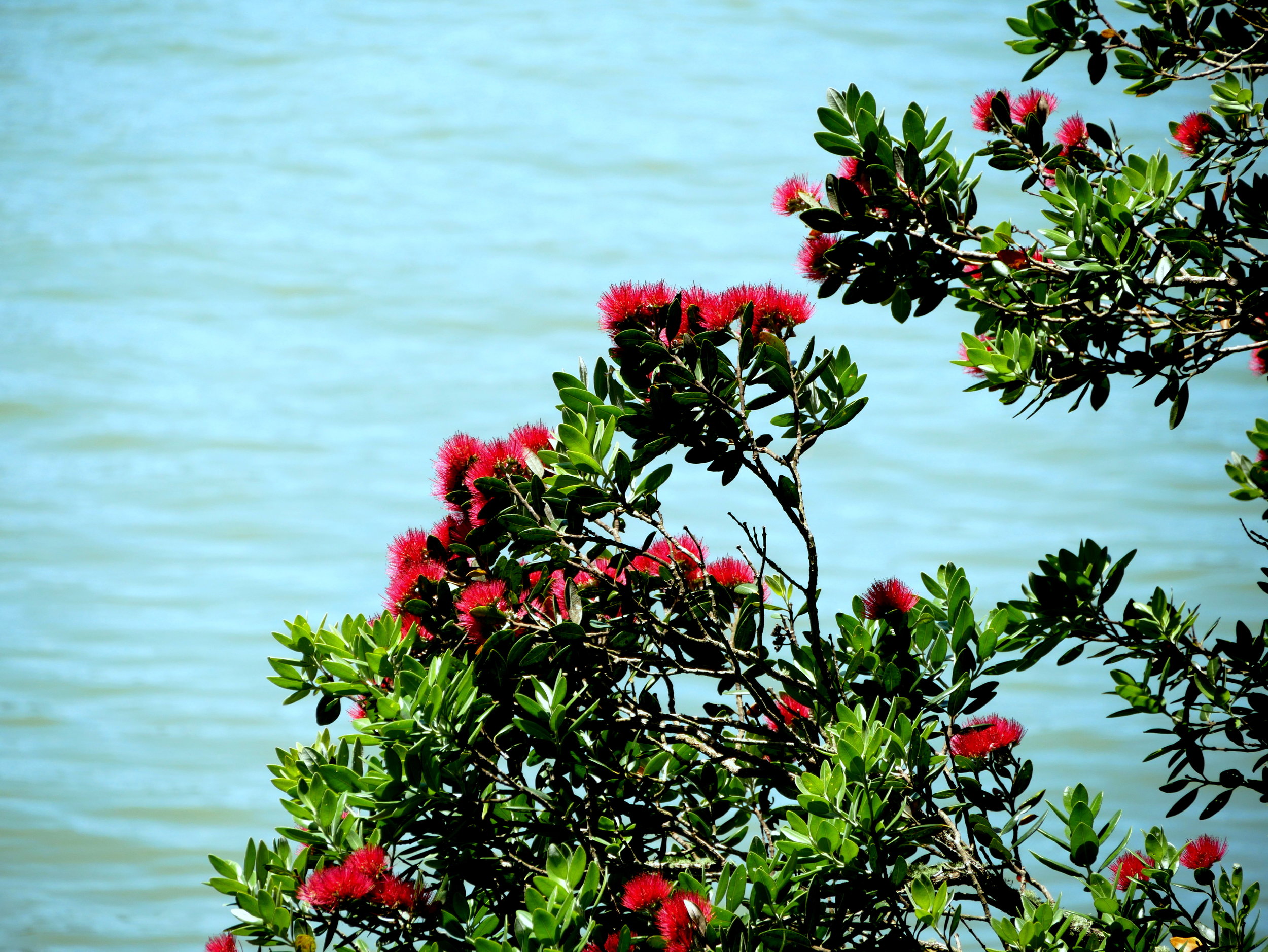Should landscape architects be reconsidering what they plant?
Myrtle rust fungus has been detected in over two hundred and fifty sites in New Zealand, since first blowing over from Australia last winter. So far all are in the North Island but with the microscopic spores able to make the four thousand plus kilometre journey across the Tasman it’s likely to cross the Cook Strait as well.
The foreign invader has made national news headlines, not least because one of its' favourite hosts is our iconic Pohutukawa tree. There have been concerns it would decimate our native Christmas tree, which is already under threat, along with other myrtles. So should landscape architects be considering alternatives?
Keep planting Pohutukawas but be cautious with some other species is the advice from Matt Dolan of New Zealand Plant Producers Incorporated. He’s been working with the Ministry of Primary Industries to develop protocols around dealing with the fungus. Nine months after it landed he feels confident saying our species of Pohutukawa isn’t in mortal danger. “It was really important we took a conservative approach until we knew what damage myrtle rust would actually do,” he says. “Our Pohutukawa is impacted but is showing quite a lot of resilience. Not like Pohutukawa in the Kermadec Islands (a different species) which has been really nailed.”
But Boffa Miskell ecologist Sarah Flynn, says hold the celebrations, it’s too early to say how deadly myrtle rust will be. “These things often start a bit slow, depending on the amount of the pathogen and the age and health of the plant,” she says. “Because it arrived in winter it’s not had a great amount of time to proliferate. It has been rather hot and dry but fungus tends to do better when it’s warm and damp. So now that it’s rained a lot we should keep our eyes peeled.”
Myrtle rust is unstoppable. It’s spread not only by wind but also by insects, birds, people and machinery. It attacks members of the Myrtaceae or Myrtle family. That includes Pohutukawa, Ramarama, Manuka, Rata, Lilly Pilly, Bottle Brush, Eucalyptus, and Guava. Dolan says the plant worst affected in New Zealand so far is Lophomyrtus Bullata (Ramarama) which is widely used in hedging. “It’s been completely annihilated,” he says. “If I was a landscape architect I would be thinking twice about using it and guaranteeing the plant.”
Other myrtles affected include Syzgium (Lilly Pilly) and Callistemon (Bottle Brush). Plant these with caution, Dolan says. “My advice is know who you’re buying from to ensure they’re following management protocols around myrtle rust. But as long as they are I think you can be confident buying Pohutukawa.”
“I think we still need a cautious approach,” Flynn counters. “If you are planting a lot of Myrtles they could conceivably be a reservoir of the disease. They may not die of it but they may carry it. “Consider carefully the pros and cons of using Myrtle species. How plants will look (if they develop the fungus) even if they don’t die. What about liability if they do die?”
She also suggests there may be a benefit in sourcing plant material from wild populations. “We tend to plant a limited range of cultivars because they have reliable a size, form or colour, but these breeds may be less resilient than their more genetically varied wild cousins”.
Mike Cato of Iconic Trees nursery in Auckland does weekly inspections of his plants as well as spraying every 14 to 21 days, as per NZPPI guidelines. But he hasn’t reduced the number of Pohutukawa he stocks, and says demand for them from commercial clients hasn’t reduced. If anything it’s grown slightly. None of his stock’s been affected. “There’s an element of risk but how big a risk is still unknown,” Cato says.
“Every plant has its problems.” Flynn says, "if plants do become infected don’t touch them." Contact MPI, she says, but subject to their assessment and advice, it may be possible to treat plants with a fungicide spray. The Department of Conservation is collecting disease-free myrtle seed from native myrtle species all over New Zealand. The seed is insurance should species become locally extinct.



